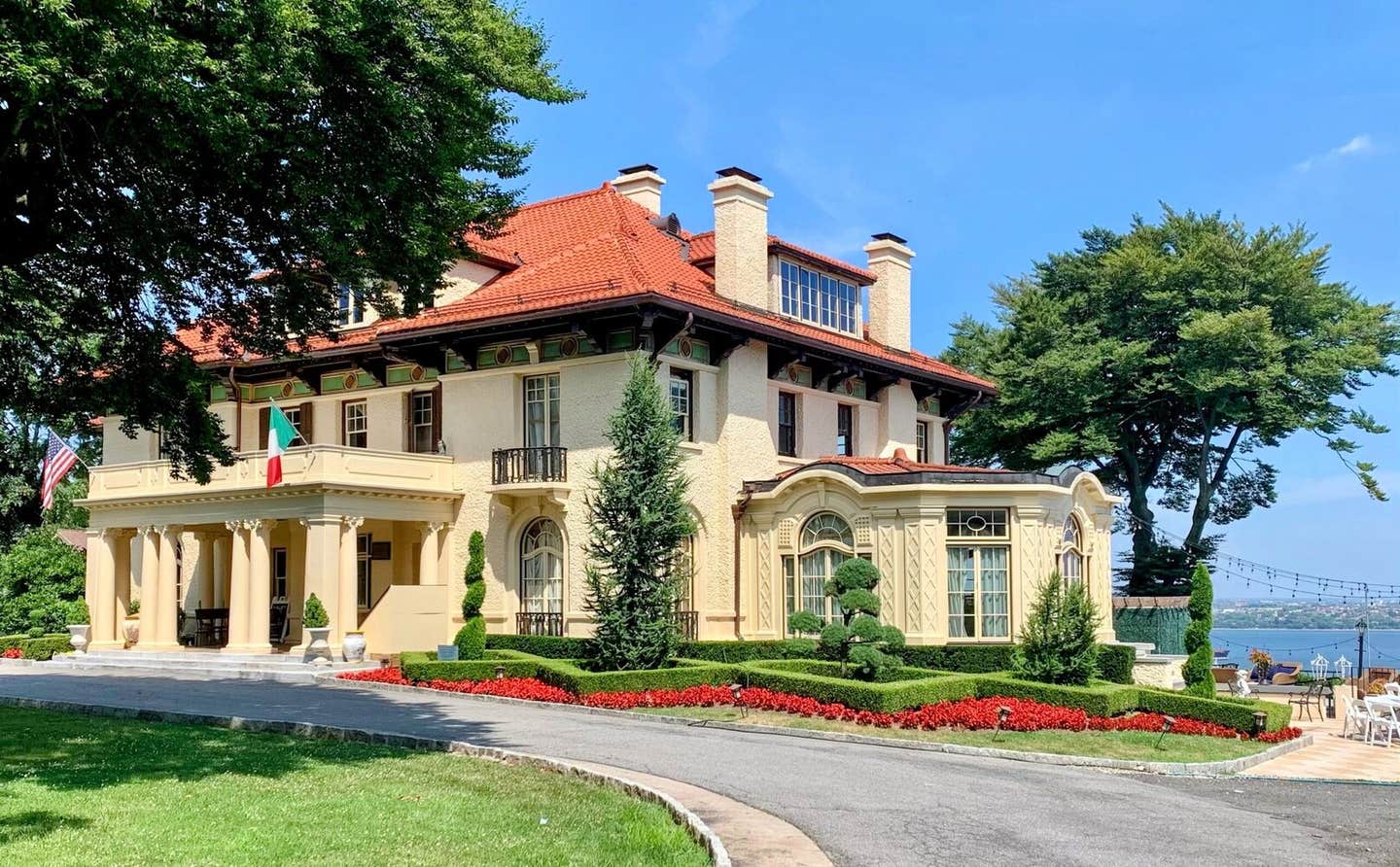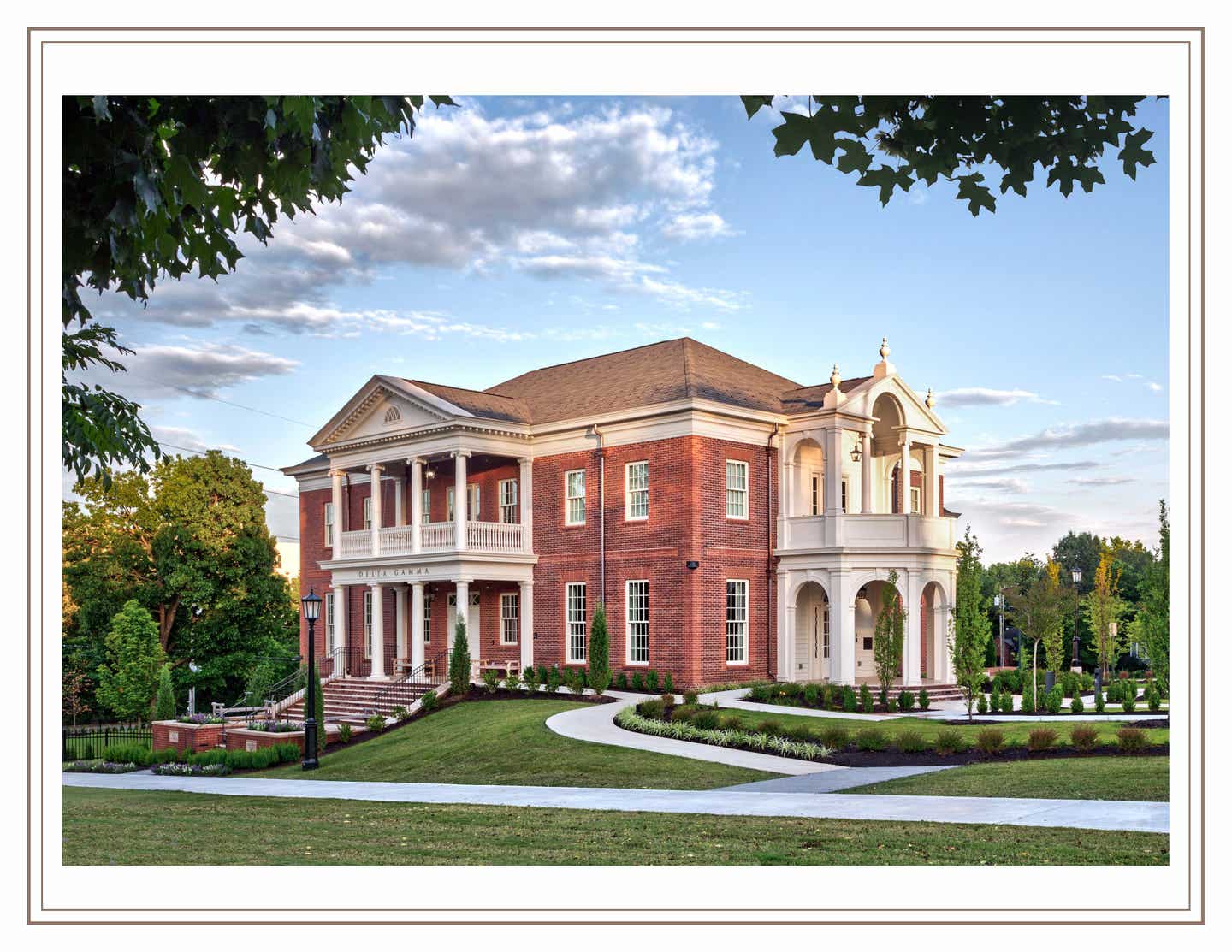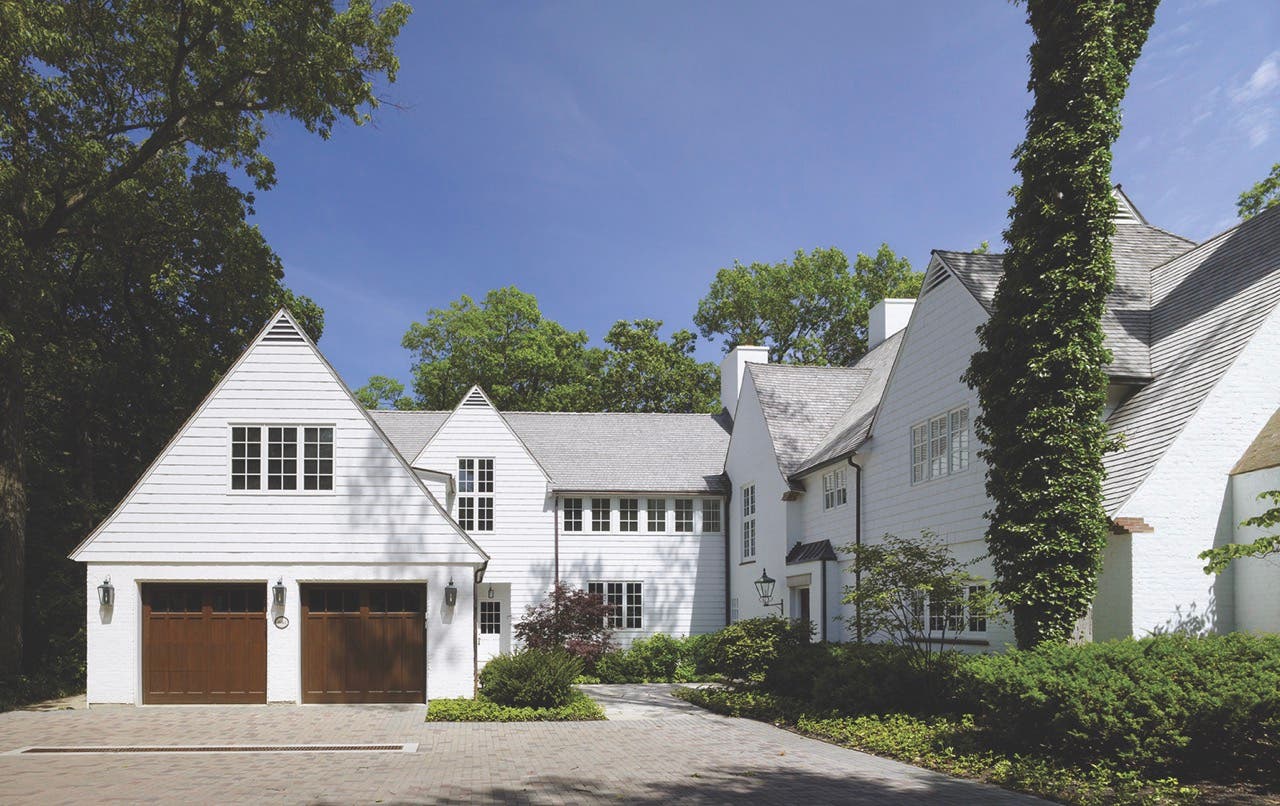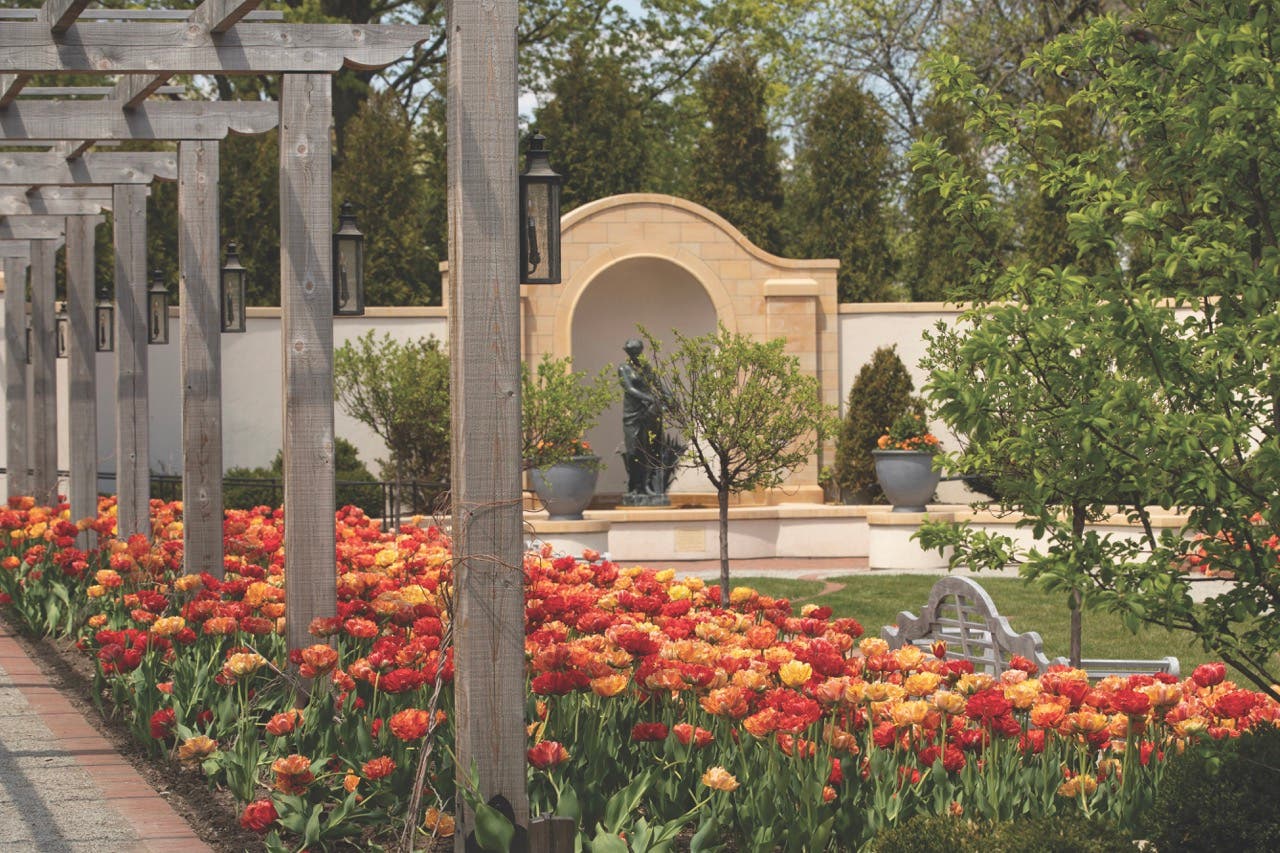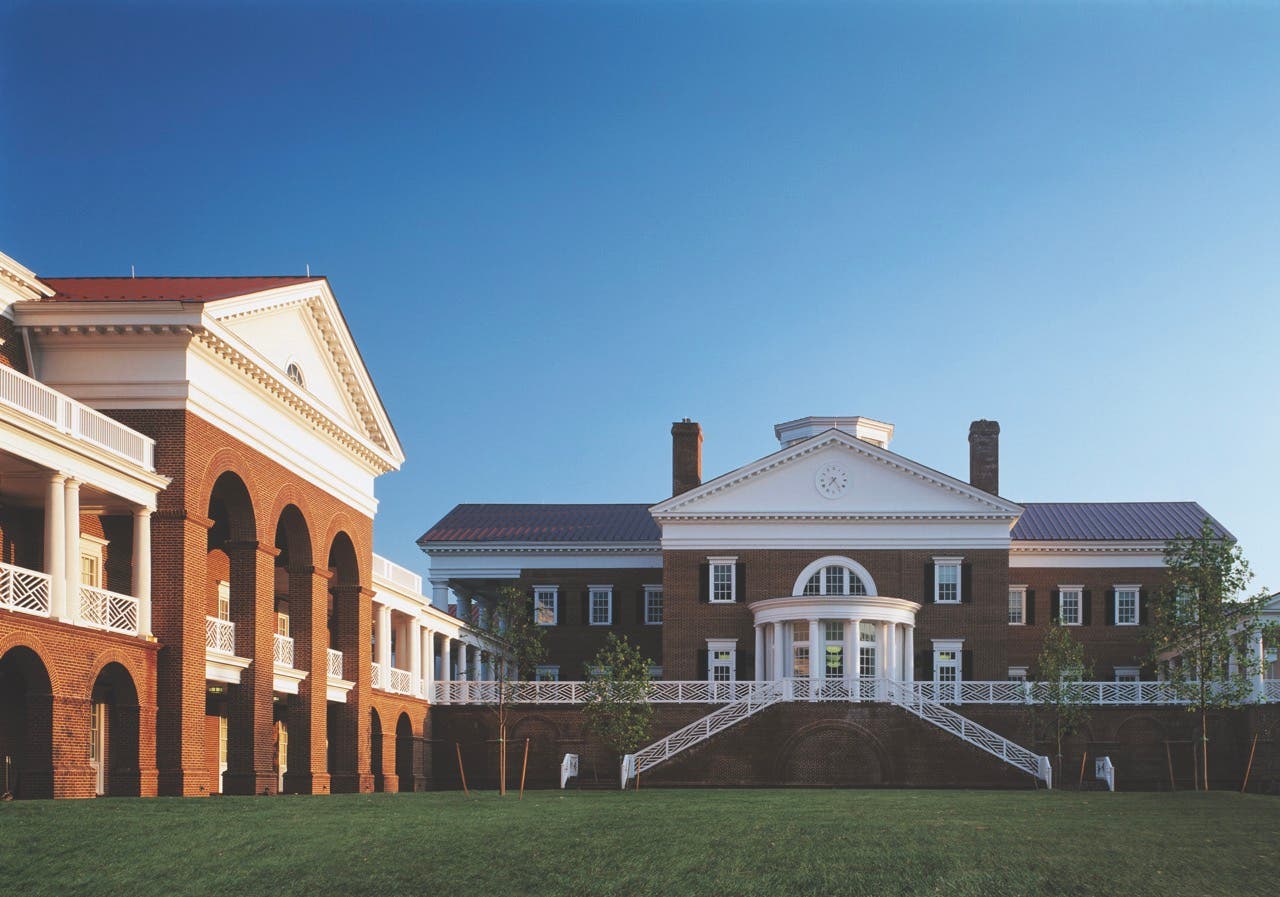
Features
The 25 – Thomas Luebke
As the secretary of the U.S. Commission of Fine Arts, architect Thomas Luebke has been a constructive voice for bringing out the best of historic buildings.
Since 2005, when he took on the position, Luebke has reviewed thousands of proposals through a public regulatory process, with the goal of making each of them better than when they were initiated.
His reviews have gone a long way toward preserving the architectural integrity of Washington D.C.’s Old Georgetown historic district as well as the public-sector properties in the city.
“In a place where historic issues are so central to each project, the challenge is to help the applicant teams find the right design solution that is high quality on its own yet that supports and enhances existing historic properties without overwhelming or destroying them,” Luebke says. “I hope my contribution to his process is to bring a reasonable approach to project review—one that informs the protection of the past with a strong sense of architectural design, technology, and performance. It’s important always to remember that change in the built environment is constant and inevitable; the goal is to manage change in a way that addresses a shared set of values constructively.”
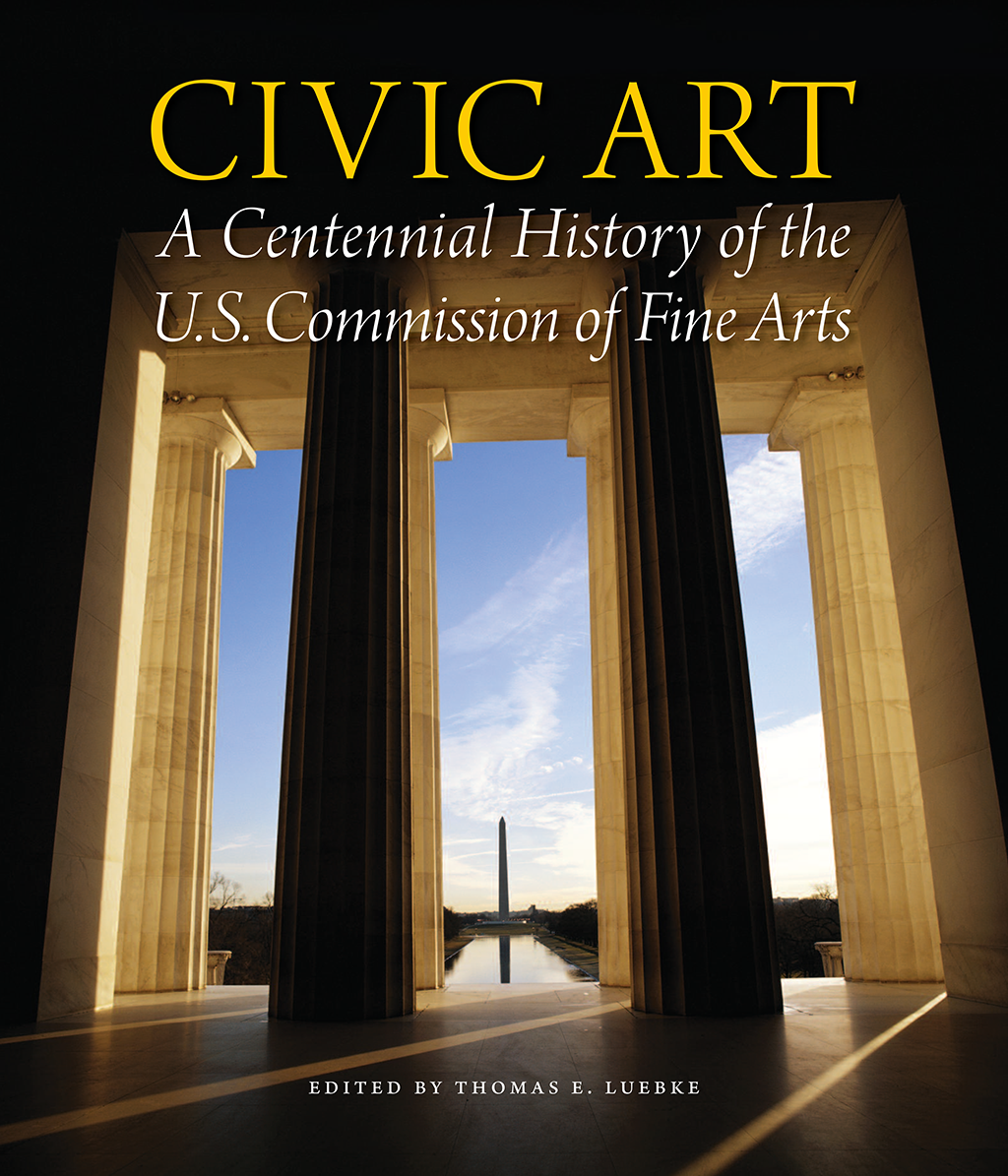
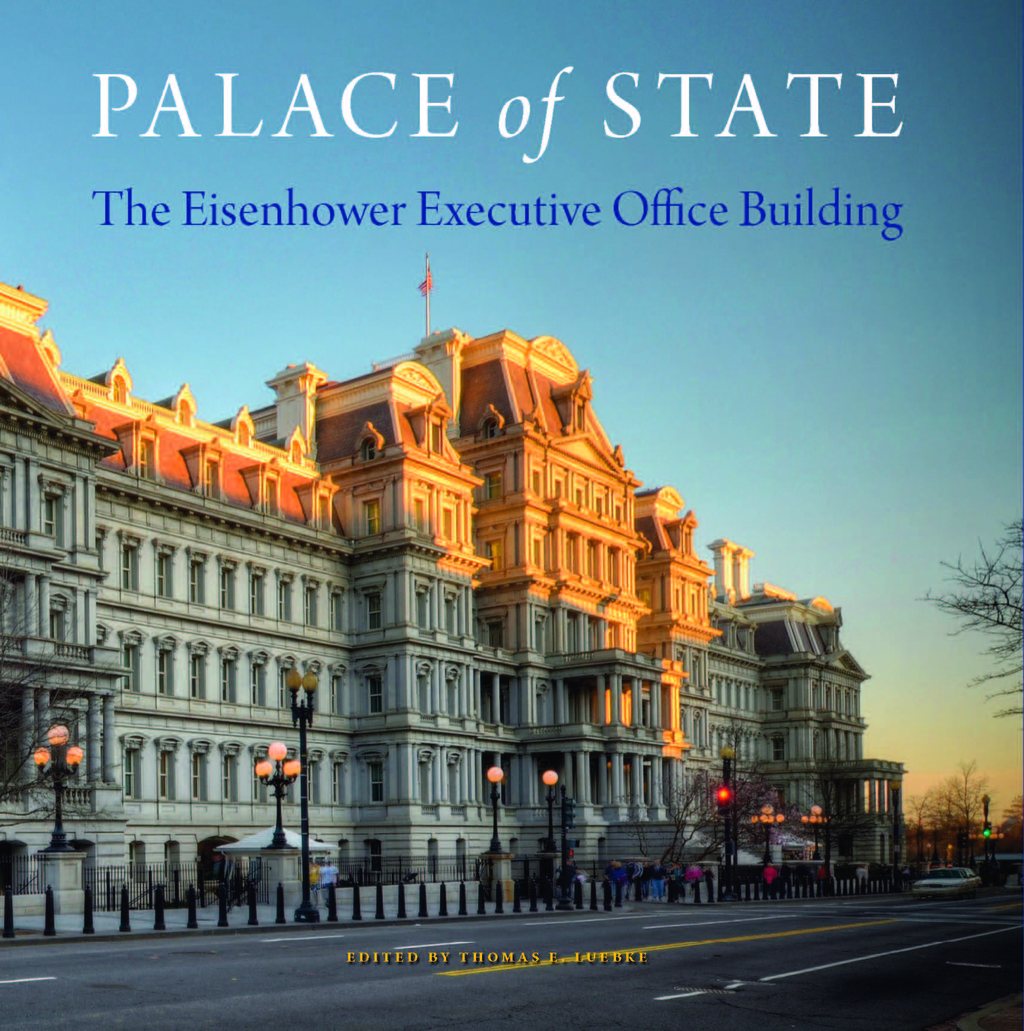
His comprehensive approach—“successful historic preservation can never be reduced to a checklist of criteria only”—has led to the protection of key historic resources that are cornerstones of understanding the built environment and our shared history.
Luebke, who sees architecture as an expression of the social, economic, and technical context that produces it, has always been a student of history. “I owe this interest to my historian father, who took our family to see such fascinating places as colonial-era houses and forts in the East, industrial relic sites in the Midwest, and even Baroque pilgrimage churches in Southern Germany,” he says.
After earning a bachelor’s degree in history and working in the preservation field for several years, Luebke earned a master’s degree in architecture at Harvard University Graduate School of Design. While there, he became a teaching assistant for architectural history courses.
It was a college internship that brought him to Washington, D.C., where he worked as a researcher on the restoration of important government buildings, notably the Old (now Eisenhower) Executive Office Building.
After working for more than a decade in architectural design at a large firm, he transferred to the public sector, first as the architect for the City of Alexandria, Virginia, and then as the secretary of the U.S. Commission of Fine Arts.
As part of his current job, he initiates, manages and edits publications projects, including Civic Art: A Centennial History of the Commission of Fine Arts and Palace of State: The Eisenhower Executive Office Building.
The winner of a Thomas Jefferson Award for Public Architecture, an Arthur Ross Award for Stewardship, and AIA’s National Honor Award for Regional and Urban Design, Luebke is an AIA Fellow.




